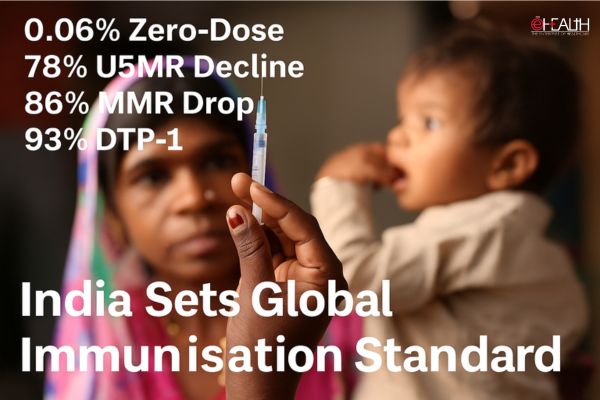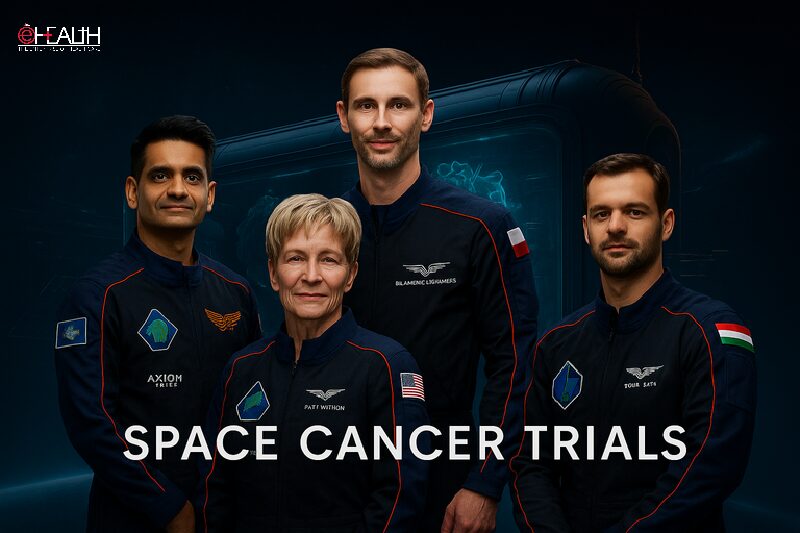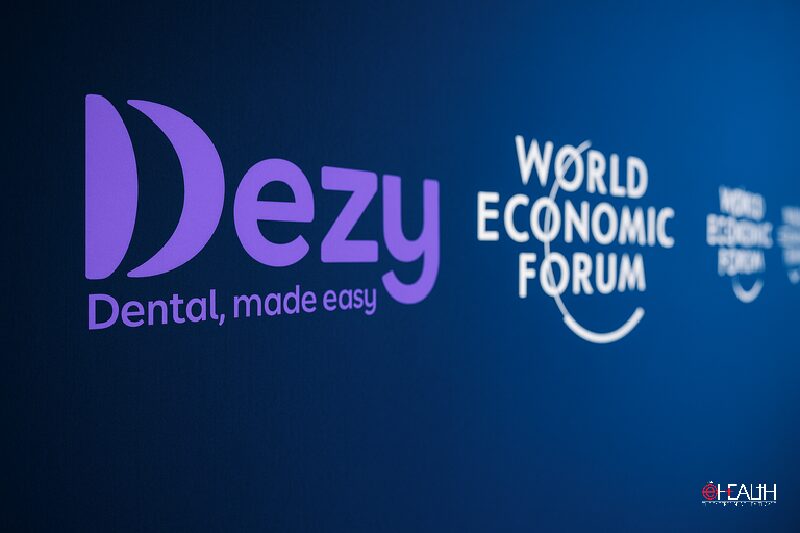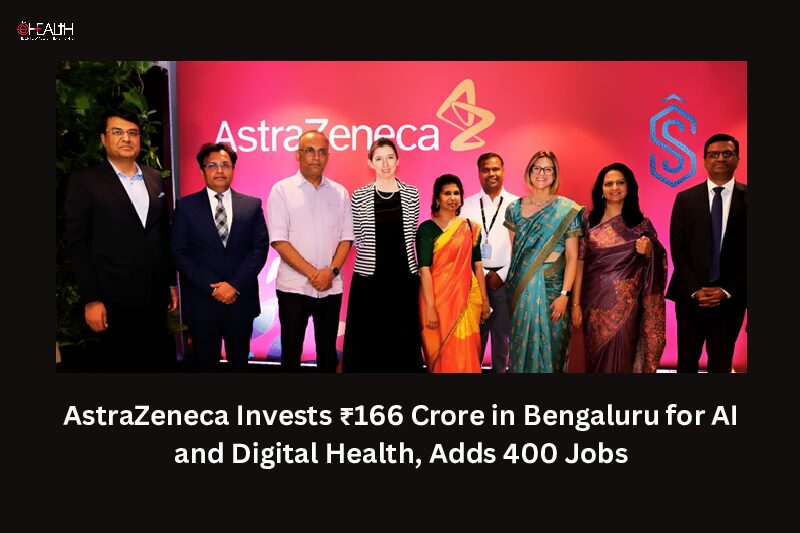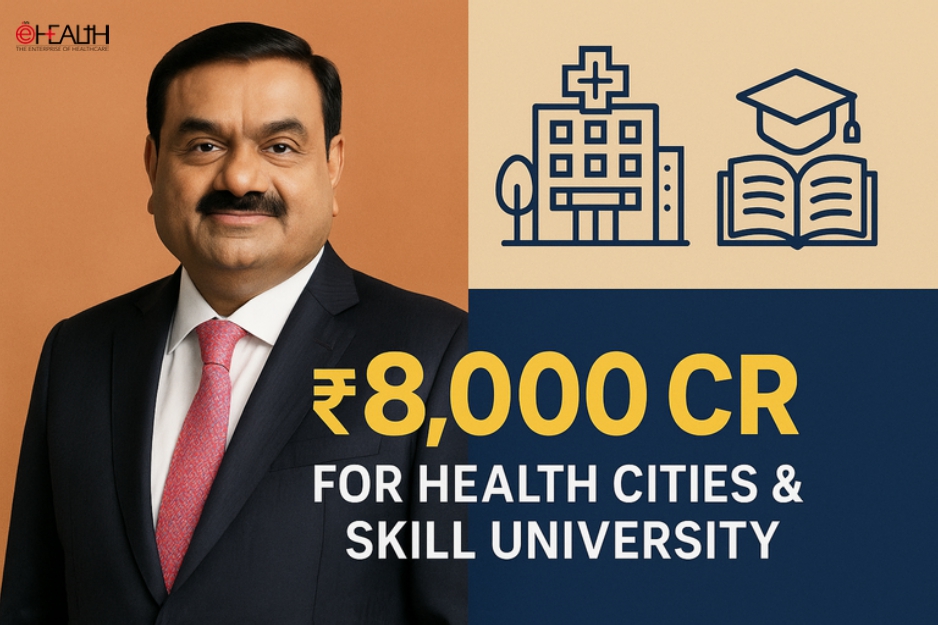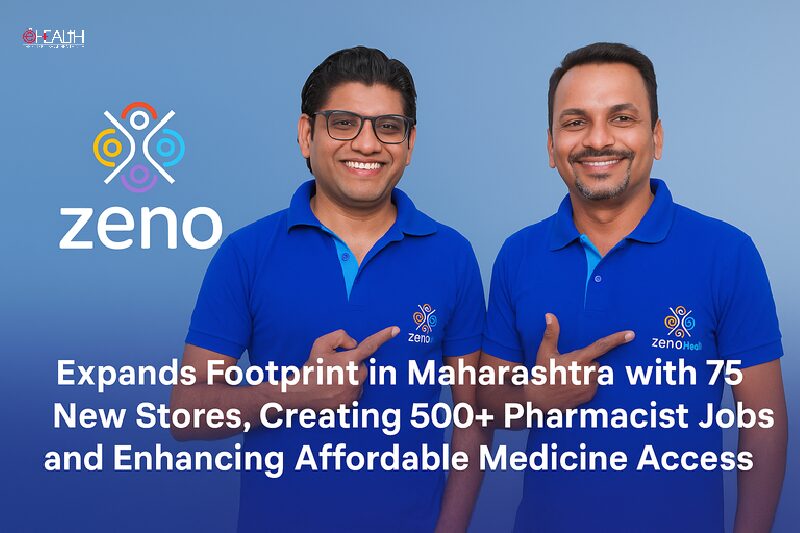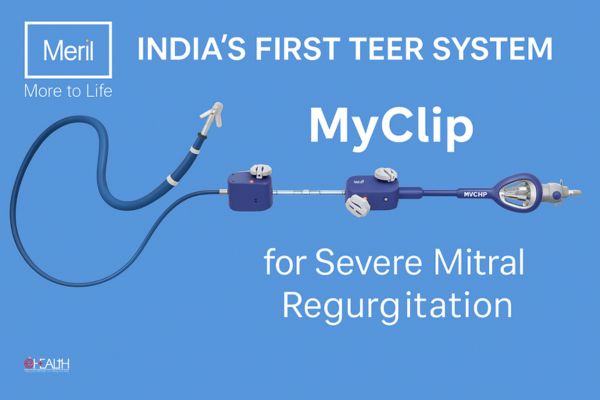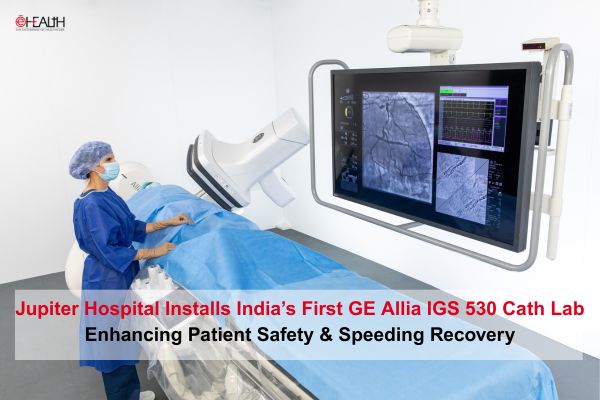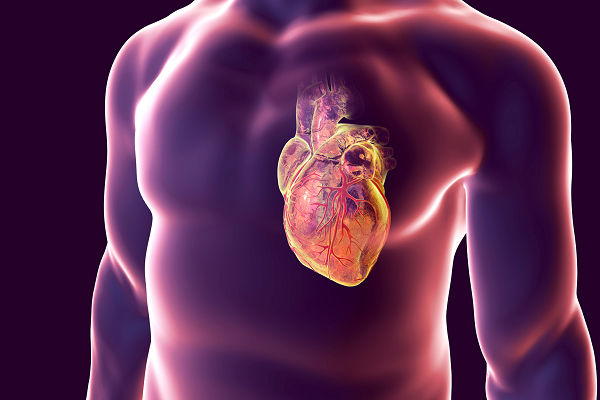
As an enabler technology has played a crucial role in enhancing patient experience and that is undisputable fact. Technology and innovations rule the paradigm of healthcare delivery system today.
Till date a patient of cardiovascular problems need to undergo CT scan, MRI and X-ray test so that doctors can get fair idea about the disease and to what extent it has affected the human body. But heart diseases can now be predicted easily by a mere Eye Scan.

If reports are to be believed, researchers are working on Google’s Artificial Intelligence technology which could successfully predict cardiovascular problems such as heart attacks and strokes simply from images of the retina, with no blood draws or other tests necessary.

“AI offers us the potential for new, less invasive tests for heart health — predicting cardiovascular results from retinal images with computer vision — encouraging early results!,” Google CEO Sundar Pichai was quoted as saying.

“Using deep learning algorithms trained on data from 284,335 patients, we were able to predict CV risk factors from retinal images with surprisingly high accuracy for patients from two independent data sets of 12,026 and 999 patients,” Lily Peng, MD, product manager and a lead on these efforts within Google AI, wrote in the Google AI official blog.

“For example, our algorithm could distinguish the retinal images of a smoker from that of a non-smoker 71 percent of the time, compared to a ~50 percent (i.e. random) accuracy by human experts,” she said. while doctors can typically distinguish between the retinal images of patients with severe high blood pressure and normal patients, Google AI’s algorithm could go further to predict the systolic blood pressure within 11 mmHg on average for patients overall, including those with and without high blood pressure.
In addition to predicting the various risk factors – age, gender, smoking, blood pressure, etc. – from retinal images, Google AI’s algorithm was fairly accurate at predicting the risk of a CV event directly. The algorithm used the entire image to quantify the association between the image and the risk of heart attack or stroke, Peng wrote.
“Given the retinal image of one patient who (up to 5 years) later experienced a major CV event (such as a heart attack) and the image of another patient who did not, our algorithm could pick out the patient who had the CV event 70 percent of the time,” she said. “This performance approaches the accuracy of other CV risk calculators that require a blood draw to measure cholesterol.”
Be a part of Elets Collaborative Initiatives. Join Us for Upcoming Events and explore business opportunities. Like us on Facebook , connect with us on LinkedIn and follow us on Twitter , Instagram.
"Exciting news! Elets technomedia is now on WhatsApp Channels Subscribe today by clicking the link and stay updated with the latest insights!" Click here!






